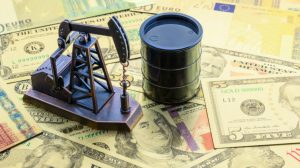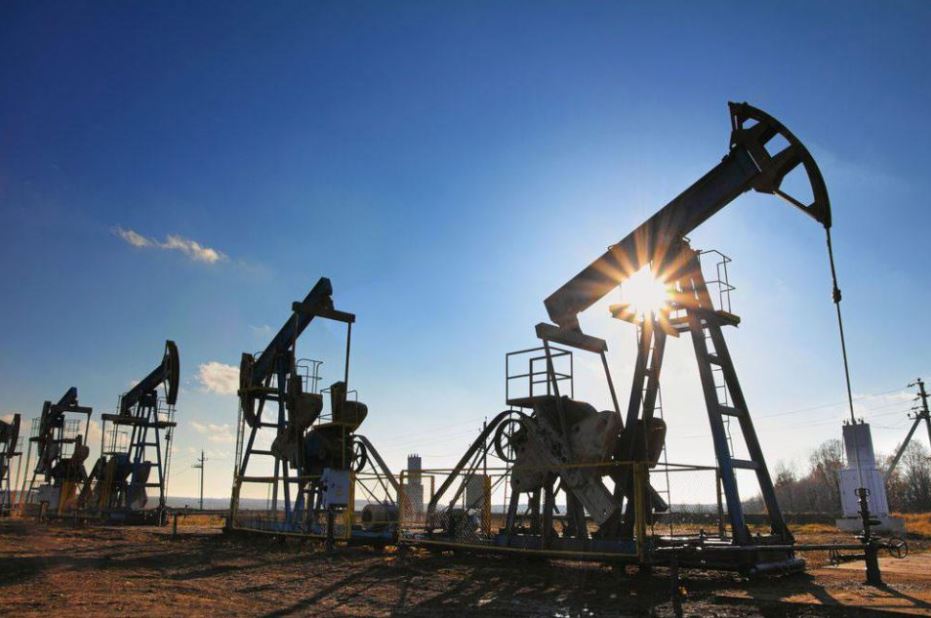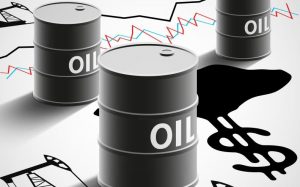Projects in the Oil and Gas sector are usually large projects. They require a large investment, and numerous “interest groups” or stakeholders participate in them. In turn, they involve hiring a large number of workers and the purchase of many material resources.
For this reason, at the head of this type of project, there must be professionals with high qualifications in project management.
Stages of an Oil Project
When starting a construction to extract oil, it is necessary to follow a series of stages. In general, the oil cycle is made up of the Upstream – Midstream – Downstream combination. In them, the following phases are carried out.
1. Oil Extraction
The exploration and production activities are the first chain of hydrocarbons. It will first be necessary to find the location of the oil fields then drill wells to confirm the presence of oil and the magnitude of that reservoir. This entire stage also involves conducting seismic and other studies.
activities are the first chain of hydrocarbons. It will first be necessary to find the location of the oil fields then drill wells to confirm the presence of oil and the magnitude of that reservoir. This entire stage also involves conducting seismic and other studies.
2. Drilling Phase
The next phase of oil projects is the drilling of wells or holes. It is a complete operation in which the rocks are drilled by a metal structure called a rotary drill.
In this part of the project, the probe towers of the oil wells also appear. They are large metal structures, sometimes reaching 90 meters high, whose primary function is to guide the drilling equipment to remain in a vertical position. Drilling can be maritime or land.
3. Oil Production and Processing
Once the well drilling stage is finished, and the existence of hydrocarbon accumulations has been verified, the resource is extracted. It begins with the adaptation and coating of the pipeline through which the oil will be transported to the surface. Subsequently, the channel is drilled at the sites where the reservoir is located to allow the hydrocarbons to flow into it.
Inside the lining, another pipe of smaller diameter is installed known as “tubing” or production pipe, which is ultimately through which the hydrocarbons are led to the surface.
4. Refining Phase
Once extracted, the crude oil will have to be refined. Only through this process it is possible to obtain different products. Petroleum can thus be processed to produce desirable varieties of products, such as fuel oil and gasoline. This phase is of great importance and complexity within the project.
The final phase involves the transportation of crude oil through a pipeline or other means like trucks. It is then refined and transformed into lubricants, fuels, and other products before marketing and distribution to retailers.…


 have a trading platform downloaded. If you don’t have it yet, you can download some free options that are available online. Understand how a specific
have a trading platform downloaded. If you don’t have it yet, you can download some free options that are available online. Understand how a specific  a trader has the opportunity to make a profit through movements in oil prices. You can buy oil and sell it at a higher price (this is called a long position) or sell the oil CFD, selling at a higher price and then buying at a lower price (this is called a short position). Decision support tools like technical analysis and fundamental analysis can be used in this case. The goal of these methods is to increase your chances of success and your ability to make a profit. But keep in mind that each transaction can end in a profit or a loss. The result of an oil CFD trade is never guaranteed, like any other CFD. How about you try investing in oil to enjoy the benefits.…
a trader has the opportunity to make a profit through movements in oil prices. You can buy oil and sell it at a higher price (this is called a long position) or sell the oil CFD, selling at a higher price and then buying at a lower price (this is called a short position). Decision support tools like technical analysis and fundamental analysis can be used in this case. The goal of these methods is to increase your chances of success and your ability to make a profit. But keep in mind that each transaction can end in a profit or a loss. The result of an oil CFD trade is never guaranteed, like any other CFD. How about you try investing in oil to enjoy the benefits.…